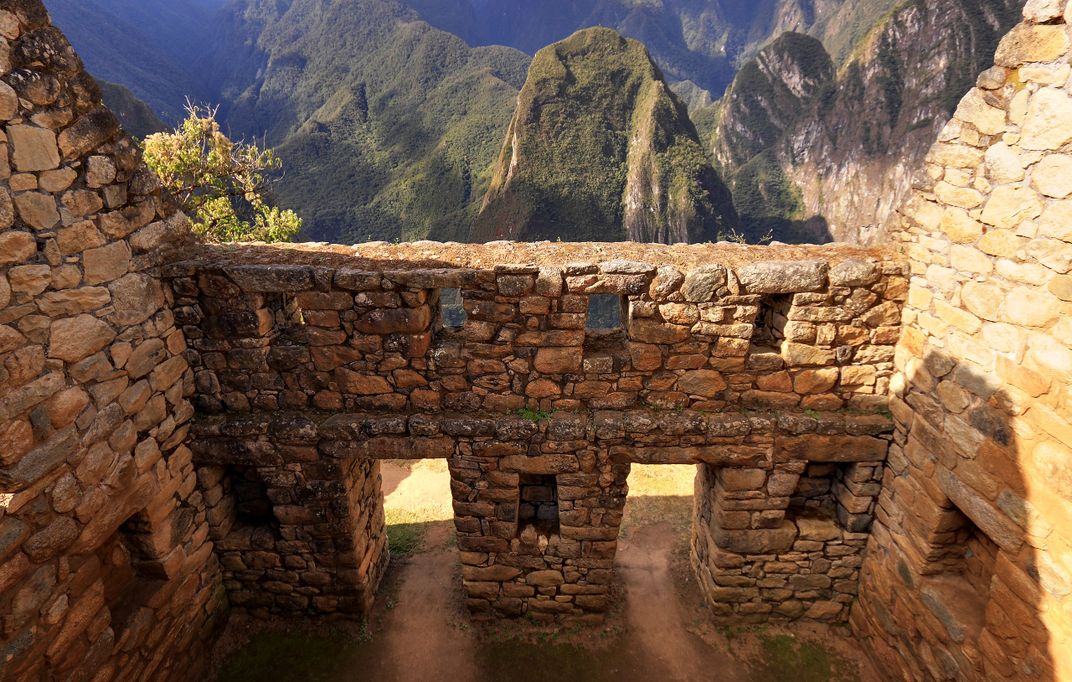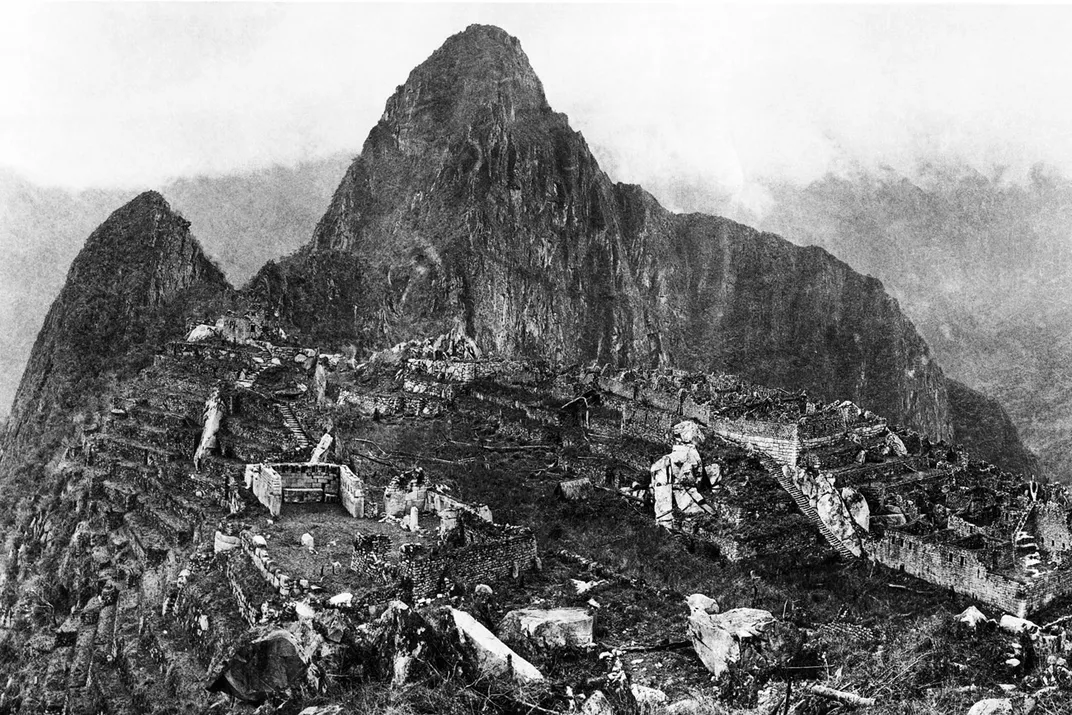Machu Picchu Is Older Than Previously Thought, Radiocarbon Dating Suggests
New research indicates that the Inca settlement was in continuous use from at least 1420 to 1530
:focal(800x556:801x557)/https://tf-cmsv2-smithsonianmag-media.s3.amazonaws.com/filer/71/82/71820730-a98c-4978-af04-2fa3f0dbc12c/machu_picchu_peru.jpg)
Machu Picchu, the breathtaking mountainside settlement in southern Peru, is sometimes mistakenly referred to as the “Lost City of the Inca.”
In truth, the site was not a city at all: Fifteenth-century emperor Pachacuti likely constructed the stunning cluster of stone buildings as a palace where Inca elite could escape the pressures of nearby capital Cusco, enjoying hunting, gambling, feasting and more. In other words, the so-called “city” functioned more like a vacation retreat than a locus of state power.
Historians have long relied on colonial-era textual evidence to determine when Pachacuti came to power and began constructing Machu Picchu. But new research led by Yale University anthropologist Richard Burger employs advanced scientific techniques to suggest that Machu Picchu is decades older than previously thought.
Burger and his colleagues used a type of radiocarbon dating called accelerator mass spectrometry (AMS) to date the teeth and bones of 26 individuals recovered from burial sites around Machu Picchu. Their results, published this week in the journal Antiquity, indicate that the famous landmark is at least 20 years older than colonial texts suggest.
As Jack Guy reports for CNN Travel, the findings show that people lived continuously at Machu Picchu from at least 1420 to 1530. Some may have lived at the site even earlier.
Until now, historians have more or less accepted the chronology of Inca history laid out in texts written by Spanish conquistadors who overthrew the Inca government in the 1530s. These works indicate that Pachacuti seized power in 1438, according to a statement.

Based on these texts, as well as research published by American archaeologist John Rowe in 1945, most scholars estimated that the emperor ordered Machu Picchu’s construction as his country estate between 1440 and 1450, reports Kevin Rawlinson for the Guardian.
But Burger and his team argue that historians’ reliance on colonial texts yielded an inaccurate timeline.
“Until now, estimates of Machu Picchu’s antiquity and the length of its occupation were based on contradictory historical accounts written by Spaniards in the period following the Spanish conquest,” says Burger in the statement. “This is the first study based on scientific evidence to provide an estimate for the founding of Machu Picchu and the length of its occupation, giving us a clearer picture of the site’s origins and history.”
Trish Biers, an osteologist at Cambridge University who was not involved in the research, tells the Guardian that written sources, such as the ones produced by Spanish conquistadors, can help researchers understand the Spanish perspective on this tumultuous period in South American history. But scholars need to maintain a healthy level of skepticism when treating these sources as fact, she says, as they were “heavily influenced by political propaganda, religious superiority, and the overall subversive voice of the Spanish Empire, which had its own glittering agenda.”
Both scientific research and written texts provide crucial information for historians tasked with the difficult work of making sense of the past, Biers adds.
“Without an understanding of the rationale behind Inca politics, Inca religion and the way in which the Inca related to conquered and allied populations—all described in written sources—archaeology would be of little use or would be too difficult for scholars to interpret and contextualize their findings,” she says.

For the study, Burger and his colleagues studied the remains of 26 Inca individuals who were interred under cliffs and in shallow caves and around Machu Picchu. The bones “show little evidence of involvement in heavy labor,” write the authors in the paper. Instead, funerary goods buried with the deceased indicate that they were probably “retainers,” a group of multi-ethnic royal attendants who lived at the palace and worked as specialized artisans or religious figures year-round.
A Yale-affiliated explorer, Hiram Bingham III, removed the remains from four cemeteries and brought them to the United States in 1912. The year prior, Bingham had stumbled onto the ruins of Machu Picchu after following a tip from a local muleteer, as Lily Rothman reported for Time magazine in 2015. (He’d originally been searching for Vilcabamba, a rumored “lost city” of the Inca where elites escaped after Spanish conquistadors’ arrival, wrote Mark Adams for National Geographic in 2018.)
Bingham is sometimes inaccurately described as the “discoverer” of Machu Picchu. But sources attest that local people living near the site knew about it for generations before his arrival. Bingham wasn’t even the first Euro-American outsider to visit the mountaintop palace, according to Peter Eisner of Smithsonian magazine.
For decades, the human remains and artifacts Bingham took from Machu Picchu were held at the Yale Peabody Museum of Natural History.
In the mid-2000s, however, Peruvians staged protests and placed increased pressure on the Connecticut university to return the items to their country of origin. After Peru’s government filed a lawsuit in federal court, the two parties came to an agreement regarding the objects’ return, as Diane Orson reported for NPR in 2011.
All human remains and other archaeological finds from Bingham’s expedition have since been sent back to Cusco, where they are conserved at the Museo Machu Picchu, notes the statement.
/https://tf-cmsv2-smithsonianmag-media.s3.amazonaws.com/accounts/headshot/nora.png)
/https://tf-cmsv2-smithsonianmag-media.s3.amazonaws.com/accounts/headshot/nora.png)